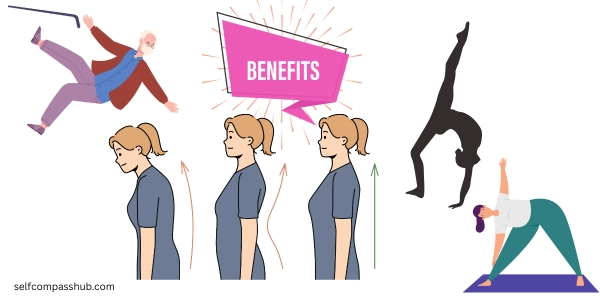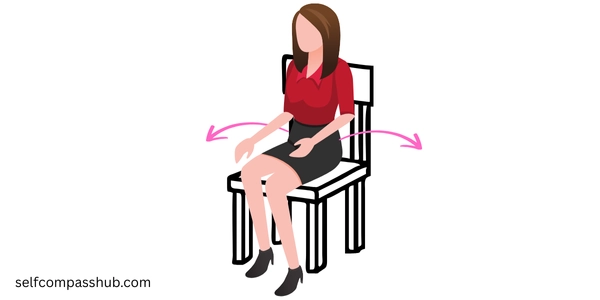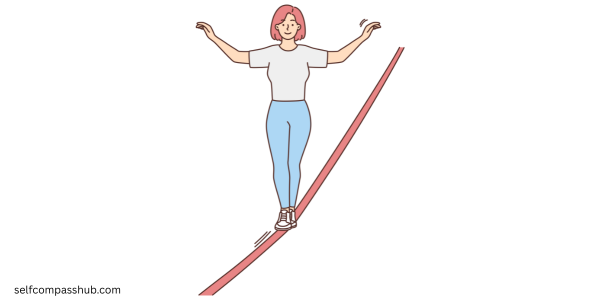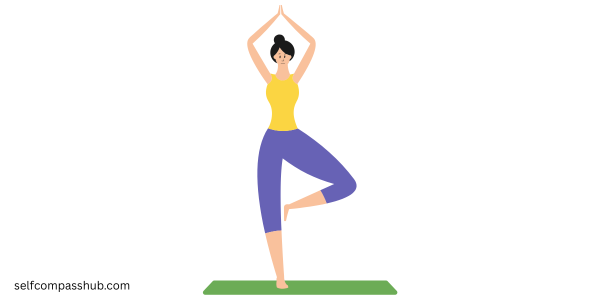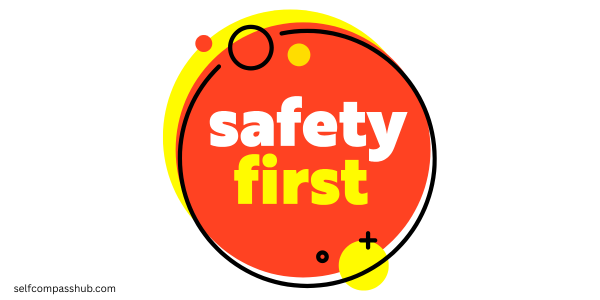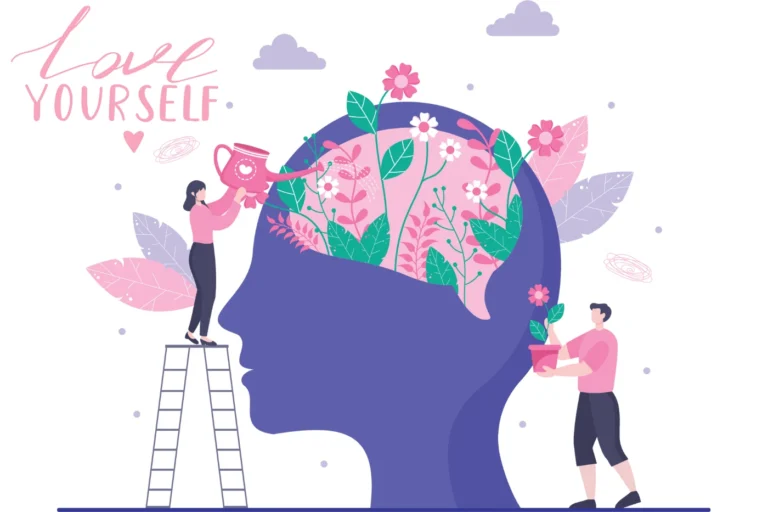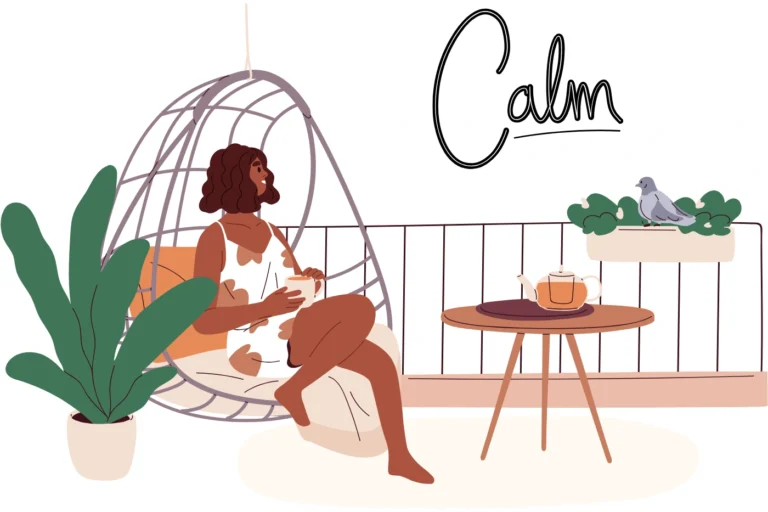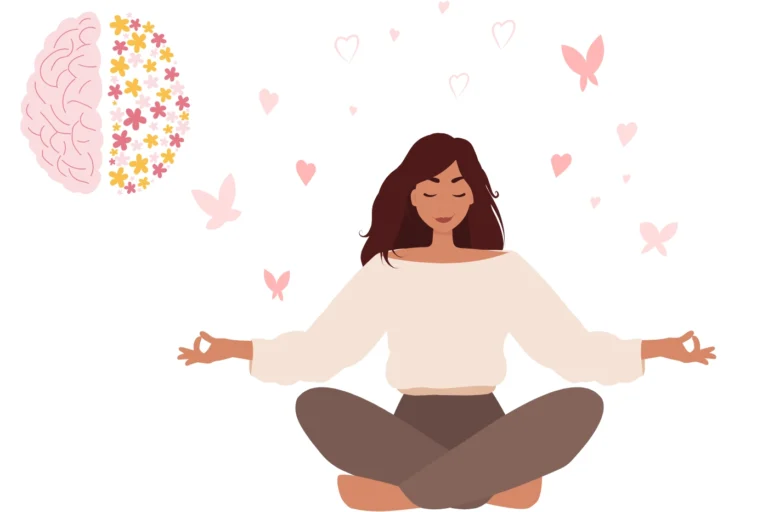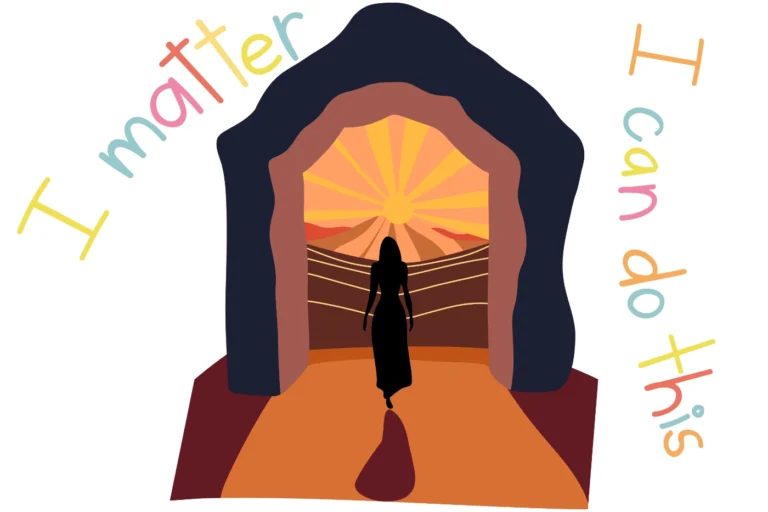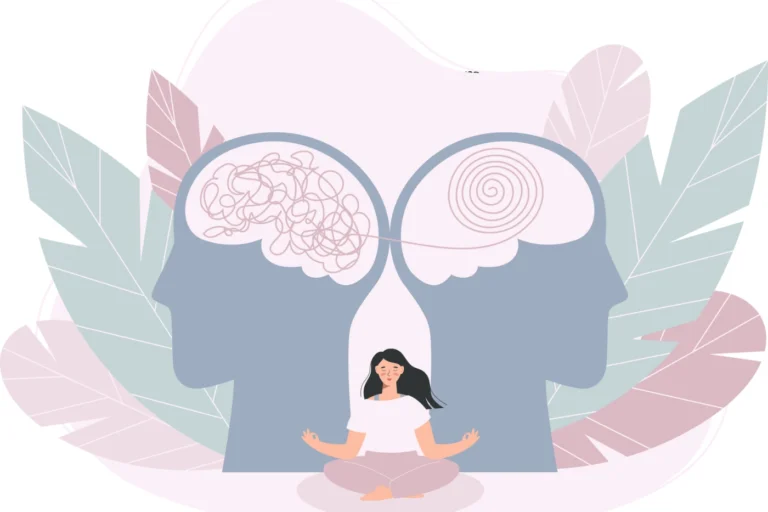Balance is a fundamental aspect of physical wellness that impacts everyone, regardless of age or fitness level.
It’s the silent foundation of every movement we make – from walking up stairs to reaching for objects on high shelves to participating in sports activities.
As we age, our balance naturally begins to decline, but the good news is that with targeted exercises, we can maintain and even improve our stability at any stage of life.
This guide offers a comprehensive collection of balance exercises designed to enhance stability, build strength, and improve coordination for people of all ages and fitness levels.
Whether you’re a senior looking to prevent falls, an athlete aiming to boost performance, or someone in between wanting to maintain functional fitness, these exercises will help you develop a stronger foundation for all physical activities.
Why Balance Matters: The Benefits
Reduced Fall Risk
Falls are a leading cause of injury among older adults, with approximately 1 in 4 seniors experiencing a fall each year. Regular balance training can reduce fall risk by up to 40%, according to research from the National Council on Aging.
Improved Posture and Core Strength
Many balance exercises naturally engage the core muscles, helping to improve posture and reduce back pain. A stronger core provides better support for everyday movements and reduces strain on the spine.
Enhanced Athletic Performance
Athletes across all sports benefit from improved balance. Better stability translates to more efficient movement patterns, increased power generation, and reduced risk of injury during competition and training.
Greater Confidence in Movement
As balance improves, so does confidence in navigating various environments – whether it’s walking on uneven terrain, managing slippery surfaces, or participating in social activities that require coordination.
Beginner Balance Exercises
1. Seated Weight Shifts
Instructions:
- Sit tall on a sturdy chair without armrests
- Place your feet flat on the floor, hip-width apart
- Slowly shift your weight to one side until your opposite hip lifts slightly off the chair
- Hold for 3 seconds, then return to center
- Repeat on the opposite side
- Complete 10 shifts on each side
Benefits: Builds awareness of your center of gravity and engages core muscles in a safe, supported position.
2. Standing Heel-to-Toe
Instructions:
- Stand near a wall or sturdy furniture for support if needed
- Place one foot directly in front of the other, heel touching toe
- Focus your gaze on a fixed point ahead
- Hold this position for 30 seconds
- Switch feet and repeat
- Perform 3 sets on each side
Progression: As comfort increases, try performing without support, then with arms crossed over chest, and finally with eyes closed.
3. Modified Single-Leg Stand
Instructions:
- Stand behind a chair or counter, holding onto it with both hands
- Slowly lift one foot off the ground, bending your knee
- Hold for 10-15 seconds, focusing on stability
- Lower and repeat with the opposite leg
- Complete 5 holds on each leg
Benefits: Strengthens ankle stabilizers and introduces the challenge of single-leg balance in a controlled manner.
4. Clock Reach
Instructions:
- Stand with feet hip-width apart, holding onto a chair with one hand
- Imagine you’re standing in the center of a clock
- Extend your free arm forward (12 o’clock), then to the side (3 or 9 o’clock), then behind you (6 o’clock)
- Return to center between each position
- Complete 8-10 reaches, then switch sides
Progression: As balance improves, try performing without holding the chair.
Intermediate Balance Exercises
1. Single-Leg Stand with Arm Movements
Instructions:
- Stand tall with feet hip-width apart
- Lift one foot off the ground, balancing on the other leg
- Slowly raise both arms overhead
- Hold for 5 seconds
- Lower arms and leg, then repeat on the opposite side
- Perform 8-10 repetitions per side
Benefits: Challenges both static balance and coordination by adding upper body movement.
2. Walking Heel-to-Toe
Instructions:
- Imagine walking on a tightrope
- Place the heel of one foot directly in front of the toes of your other foot
- Focus on a point ahead to maintain balance
- Take 15-20 steps forward, then backwards
- Repeat 2-3 times
Progression: Try this exercise with arms extended to the sides, then with arms crossed over chest.
3. Standing Leg Swings
Instructions:
- Stand on one leg, holding onto a wall or chair for light support
- Swing your other leg forward and backward in a controlled motion
- Keep your hips facing forward
- Perform 15 swings, then switch to side-to-side swings
- Repeat on the opposite leg
- Complete 2 sets on each leg
Benefits: Improves dynamic balance and strengthens the standing leg while increasing hip mobility.
4. Balance Board Basic Stance
Instructions:
- Step onto a balance board or wobble cushion
- Position feet hip-width apart
- Engage your core and find your center of balance
- Maintain a stable position for 30-60 seconds
- Step off and rest, then repeat 3-5 times
Modification: Begin near a wall or countertop for support if needed.
Advanced Balance Exercises
1. Single-Leg Deadlift
Instructions:
- Stand on one leg with a slight bend in the knee
- Hinge at the hips while extending the opposite leg behind you
- Lower your torso until it’s parallel to the floor (or as far as comfortable)
- Keep your back flat and hips square to the ground
- Return to standing by engaging your glutes and core
- Complete 10-12 repetitions, then switch legs
- Perform 3 sets on each side
Progression: Add light hand weights or dumbbells for increased challenge.
2. Yoga Tree Pose with Eye Closure
Instructions:
- Stand tall with feet together
- Place the sole of one foot against the inner thigh of your standing leg
- Bring palms together at chest height
- Hold for 30 seconds with eyes open
- Progress to closing eyes for 5-10 seconds at a time
- Switch legs and repeat
- Complete 3 sets on each side
Benefits: Challenges proprioception (your body’s awareness of position) by removing visual cues.
3. Lateral Bounds with Balance Hold
Instructions:
- Stand on one leg
- Push off and jump sideways about 2-3 feet
- Land softly on the opposite leg with knee slightly bent
- Hold the landing position for 3 seconds before the next bound
- Perform 8-10 bounds in each direction
- Complete 2-3 sets
Benefits: Develops power, coordination, and the ability to stabilize quickly after movement.
4. BOSU Ball Squat to Single-Leg Balance
Instructions:
- Stand on the flat side of a BOSU ball (round side down)
- Perform a squat, keeping knees aligned over toes
- As you return to standing, lift one leg and extend it forward
- Hold the single-leg position for 3 seconds
- Lower and repeat on the opposite side
- Complete 6-8 repetitions on each leg
Modification: If no BOSU ball is available, use a folded towel or foam pad to create an unstable surface.
Safety Tips & Precautions
- Medical Clearance: If you have existing balance issues, vertigo, or neurological conditions, consult your healthcare provider before beginning these exercises.
- Create a Safe Environment: Remove tripping hazards and ensure you have a stable surface nearby (wall, counter, sturdy chair) for support when needed.
- Proper Footwear: Wear supportive, non-slip shoes for most exercises. Some balance work benefits from barefoot practice to strengthen foot muscles.
- Know Your Limits: While challenging yourself is important, progress gradually. If you feel unsafe or excessively unstable, modify the exercise or return to an easier variation.
- Warning Signs: Stop immediately if you experience dizziness, sharp pain, or extreme fatigue during any exercise.
Progressive Balance Training Plan
Week 1-2: Foundation
- Practice all beginner exercises 3-4 times per week
- Focus on proper form and building confidence
- Begin with 30-second holds or 8-10 repetitions of each exercise
Week 3-4: Building Strength
- Continue with beginner exercises, adding intermediate options as comfort allows
- Increase hold times to 45-60 seconds
- Practice 4-5 times per week for 15-20 minutes per session
Week 5-6: Advancing Stability
- Incorporate more intermediate exercises while maintaining proper form
- Begin introducing one advanced exercise per session
- Mix static holds with dynamic movements
Week 7-8 and Beyond: Challenging Your Limits
- Incorporate advanced exercises more regularly
- Add environmental challenges (uneven surfaces, eyes closed, head movements)
- Create circuit training by combining strength and balance exercises
Tracking Progress
Track your balance improvements by noting:
- How long you can hold single-leg positions
- Whether you need support during exercises
- Your confidence level with each movement
- Improvements in daily activities (walking upstairs, standing while dressing, etc.)
Incorporating Balance Training Into Daily Life
Beyond dedicated exercise sessions, look for opportunities to practice balance throughout your day:
- Brush teeth while standing on one leg
- Practice heel-to-toe walking while waiting in line
- Sit and stand without using hands
- Take movement breaks at work to perform simple balance exercises
Conclusion
Balance training is one of the most valuable yet often overlooked aspects of fitness. By dedicating just a few minutes each day to these exercises, you can significantly improve your stability, strength, and coordination at any age.
The benefits extend far beyond the exercises themselves – into greater confidence, independence, and quality of movement in daily life.
Remember that balance is a skill that can be developed and maintained throughout life. Start where you are, progress at your own pace, and celebrate the improvements you’ll surely notice in both specific exercises and everyday activities.
Your future self will thank you for the investment in better balance today!
Recommended Equipment
For those looking to enhance their balance practice:
- Balance pad or cushion
- BOSU ball
- Balance board
- Yoga mat
- Resistance bands (for advanced exercises)

